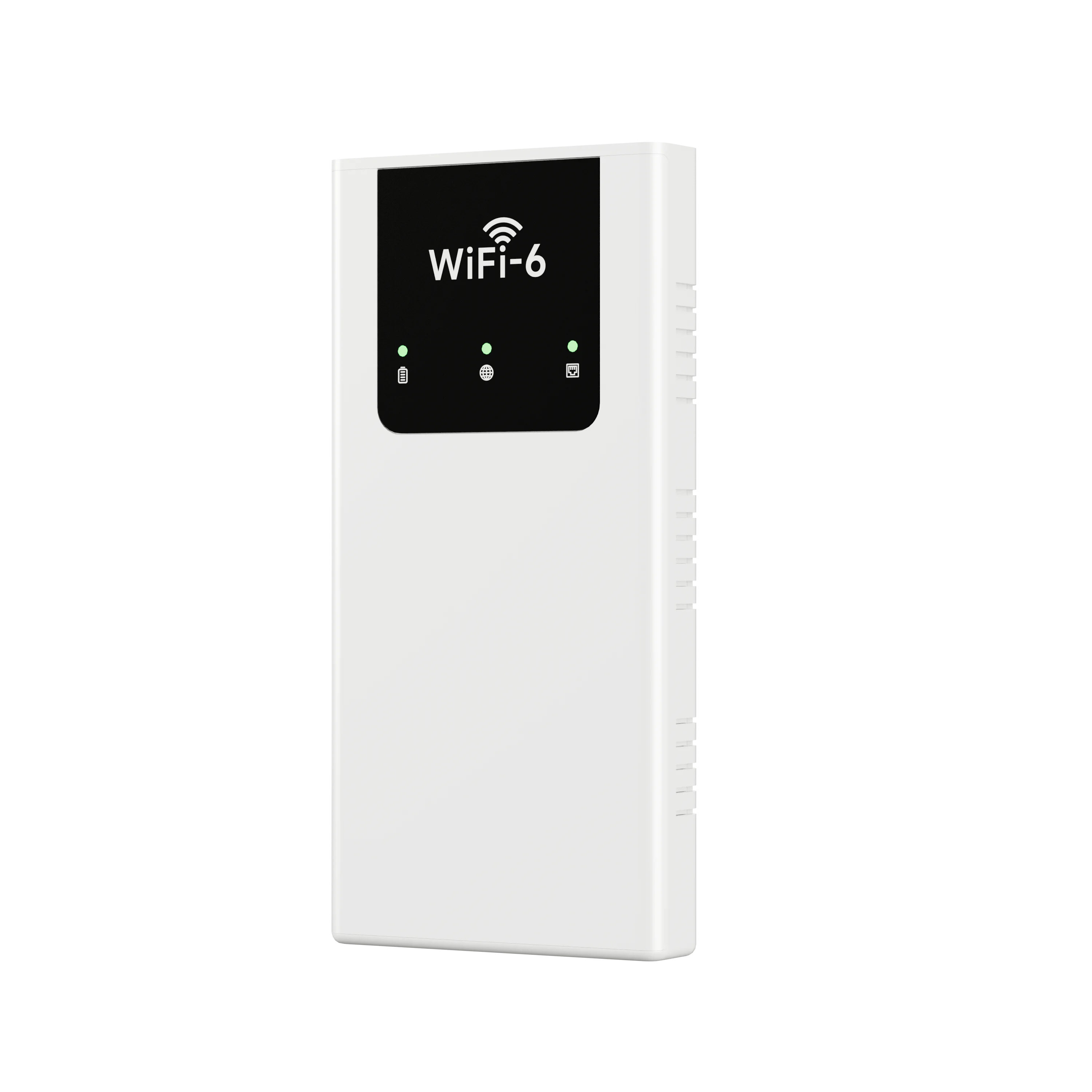Unveiling the Distinctions: Electrical vs. Electronic Devices
In today's technologically advanced world, electrical and electronic devices play a pivotal role in our daily lives. While both terms are often used interchangeably, it is crucial to understand the fundamental differences between electrical and electronic devices. This article aims to shed light on these disparities, providing a comprehensive understanding of their dissimilarities and how they shape our modern world.
- Defining Electrical and Electronic Devices:
Electrical devices are those that utilize electrical energy to perform a specific function. They primarily involve the generation, transmission, and distribution of electricity. Examples include power generators, transformers, motors, and electrical appliances like refrigerators and washing machines.
On the other hand, electronic devices are built upon electrical devices and employ electronic components to control and manipulate electrical signals. These devices utilize semiconductors, integrated circuits, and transistors to process, store, and transmit information. Examples encompass smartphones, computers, televisions, and digital cameras.
- Functionality and Complexity:
One of the key distinctions between electrical and electronic devices lies in their functionality and complexity. Electrical devices typically serve a single purpose, such as generating power or providing mechanical motion. In contrast, electronic devices offer a wide range of functionalities, often incorporating multiple functions within a single device.
Electronic devices are inherently more complex due to the integration of various electronic components. They possess the ability to process data, perform calculations, and execute intricate tasks, making them versatile and adaptable to different applications. Electrical devices, while simpler in design, are essential for generating and distributing the power required to operate electronic devices.
- Components and Circuitry:
Electrical devices primarily rely on passive components such as resistors, capacitors, and inductors. These components facilitate the flow of electrical current and voltage regulation. The circuitry in electrical devices is relatively straightforward, comprising simple series or parallel connections.
In contrast, electronic devices employ active components like transistors, diodes, and integrated circuits. These components enable the control and manipulation of electrical signals, allowing for complex operations. Electronic circuitry is more intricate, often involving digital or analog circuits, microprocessors, and memory units.
- Power Requirements:
Another significant difference between electrical and electronic devices lies in their power requirements. Electrical devices typically require high voltage and current levels to operate effectively. They are designed to handle substantial power loads and are connected to the main power supply.
Electronic devices, however, operate on lower voltage levels and consume significantly less power. They often require a stable power supply, which is achieved through the use of power adapters or batteries. This distinction is crucial as it determines the safety measures, wiring, and power sources needed for each type of device.
Conclusion:
Understanding the basic difference between electrical and electronic devices is essential for comprehending the intricate workings of our modern world. While electrical devices focus on power generation and distribution, electronic devices harness electricity to process information and perform complex tasks. By recognizing these distinctions, we can appreciate the diverse applications and advancements in both fields, enabling us to make informed decisions when utilizing these devices in our daily lives.
